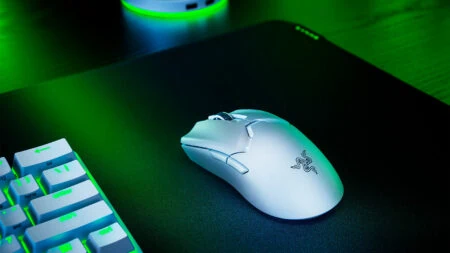The Razer Viper V2 Pro is the highly-anticipated successor to the popular Viper Ultimate wireless gaming mouse. It has shed the grams in dramatic fashion, plummeting in weight from 74g to a mere 58g.
To put things in perspective, that’s even lighter than the 61g Viper Mini, which is a far smaller mouse.
While it looks a lot like the Viper Ultimate with the same shape and design, it actually feels like a completely different mouse altogether. The weight reduction is noticeable right from the start, and the Viper V2 Pro is far more agile in hand and a joy to use.
On top of that, Razer has included several upgrades like improved optical switches, longer battery life, and a new Focus Pro 30K optical sensor.
- Where to buy the Finalmouse Starlight-12 gaming mouse
- TenZ reveals special custom mouse he’s designing with Finalmouse
The Razer Viper V2 Pro is feather-light and still as deadly
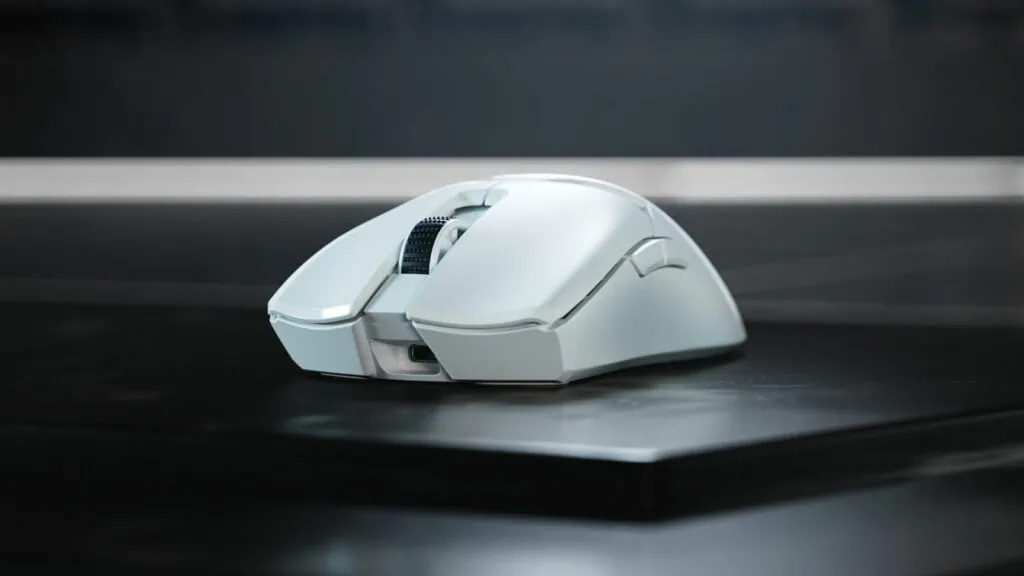
Gamers will also immediately compare it to the Logitech G Pro X Superlight, Logitech’s flagship wireless gaming mouse and one of the best you can buy today. The Logitech mouse tips the scales at roughly 63g, giving the Viper V2 Pro a slight advantage in the weight department.
In addition, the two mice sport completely different shapes. The Viper V2 Pro is shorter and narrower, lacking any sort of prominent hump. However, its length means that it is less suited for the claw and fingertip grip, because the rear end of the mouse is likely to bump up against the base of your palm.
In comparison, the Superlight is wider and taller, filling out your palm a bit more comfortably. That said, I still prefer the shape of the Viper V2 Pro because of its narrower body, which makes the mouse feel more precise in hand.
There is no RGB lighting on the mouse at all, which is the price you pay for the mouse’s lighter weight. LEDs add extra grams and drain the battery quicker, and dispensing with them entirely has also allowed Razer to increase the battery life. In fact, the company has managed this while also making the battery smaller and lighter than before.
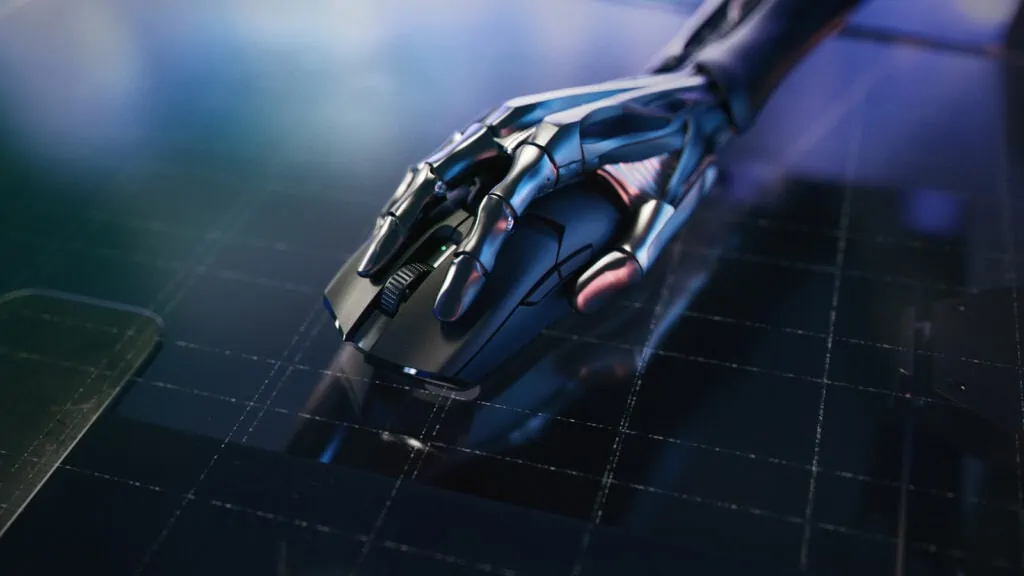
The Viper V2 Pro is rated for up to 80 hours per charge, compared to 70 hours on the Viper Ultimate. That amounts to about 10 full days of use, although your mileage may vary.
Unfortunately, the mouse does not come bundled with a charging dock like the Viper Ultimate. Instead, you get a USB-C Speedflex cable, wireless dongle, and a USB dongle adapter in the box. The adapter connects to the cable and lets you bring the dongle closer to your mouse.
The cable is clearly designed to be flexible in order to minimize cable drag, but it’s still a far cry from a true paracord cable and even some of its competitors on the market.
This isn’t a deal-breaker since you’ll be using the mouse wirelessly most of the time, but it does mean that you’ll likely want to unplug the mouse the second it is fully charged. There is also no compartment on the mouse to store the tiny dongle, so you have to be very careful not to lose it.
I didn’t need to use the dongle adapter at all, and wireless performance was flawless even with the dongle plugged into the back of my PC. I never once experienced skipping or a dropped connection over a week of use.
Despite its light weight, the mouse doesn’t appear to have compromised on build quality. It feels plenty robust, with no flexing or creaking anywhere. Even the scroll wheel, which features spokes to further reduce weight just like the G Pro X Superlight, feels pleasantly tactile with zero side-to-side wobble.
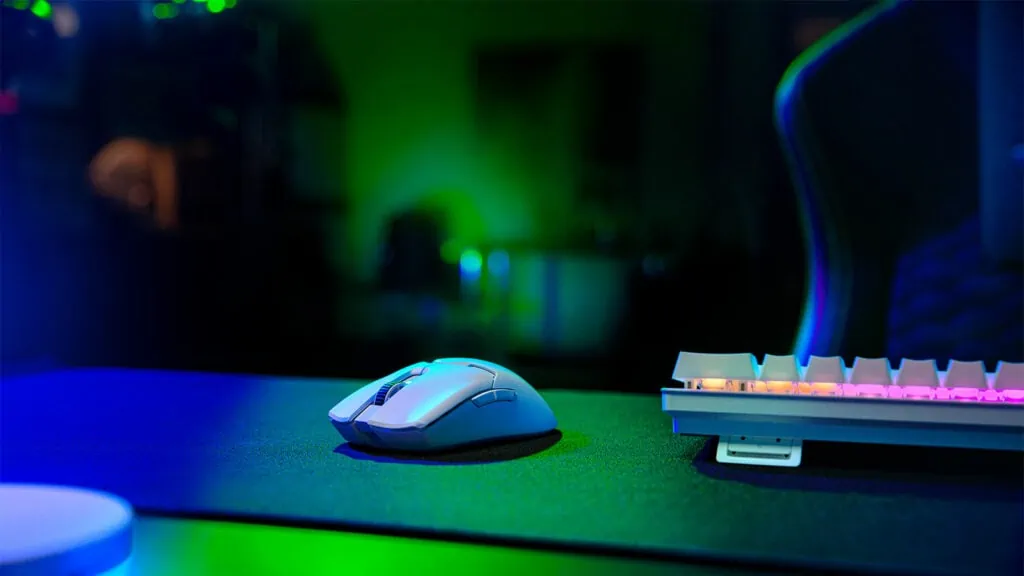
The only downside is the relatively hollow sound of the optical switches. It likely stems from all that empty space in the chassis, where Razer stripped away material in order to keep the weight down. That aside, the switches themselves have solid feedback and never feel too mushy.
They also have an edge over regular mechanical switches, relying on light instead of metal contacts to register a key press. This solves the problem of double-clicking when the switches wear down and eliminates any need for a debounce delay, making the response time a lot quicker in theory. That said, you’d be hard-pressed to notice any difference when gaming.
Other features that have been put on the chopping block include the rubber side grips and ambidextrous side buttons on the Viper Ultimate. Fortunately, the matte-textured plastic is still grippy enough – and there are rubber grip tapes in the box.
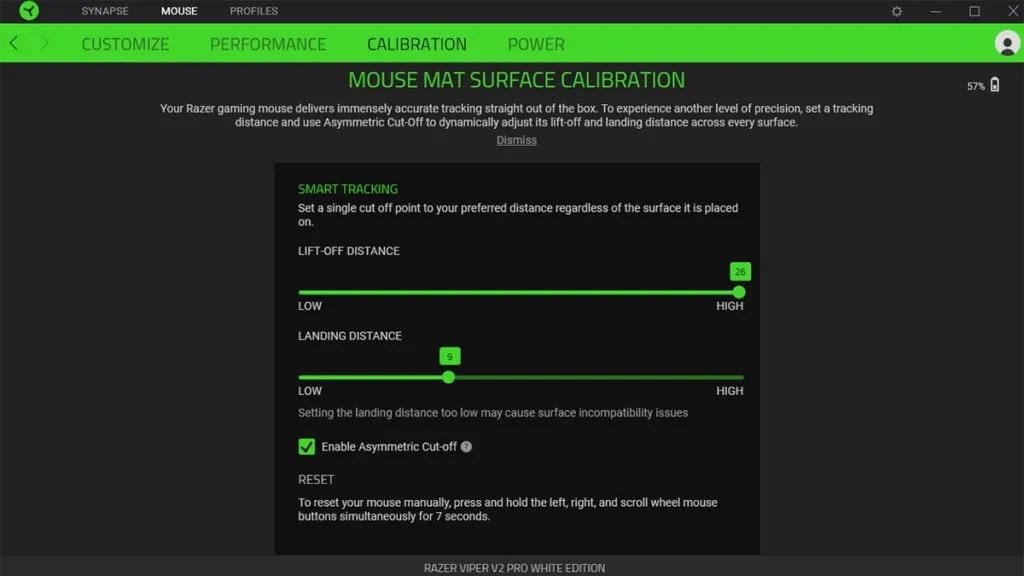
The new Focus Pro 30K optical sensor does come with a handful of fancy features to make up for that, including 26 levels of lift-off distant adjustments. Once again, this will probably see limited use in the real world, but the granular adjustments provide a level of customization that few other mice can match.
While some might slam Razer for excising features and still charging a US$150 price tag, the Viper V2 Pro is the first real competitor to the G Pro X Superlight in a while. It is one of the best wireless gaming mice you can buy today, and its lighter weight makes it feel like a huge upgrade over the Viper Ultimate.
READ MORE: Try out TenZ’s mouse grip for inhuman aim in Valorant
